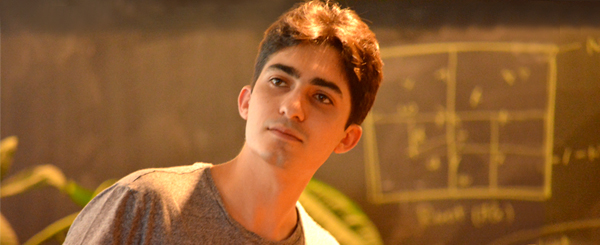ELSIセミナー
A noise-induced mechanism for the emergence of biological homochirality of early life self-replicators
- スピーカー
- Farshid Jafarpour (University of Illinois)
- 日付
- July 15, 2015
- 時間
- 15:30
- 場所
ELSI-2 Building - 104 Communication Room

Abstract:
The origin of homochirality, the observed single-handedness of biological amino acids and sugars, has been a topic of debates for over than a century. Current theoretical model attribute the emergence of homochirality to autocatalysis. However, the stability of homochiral states in autocatalytic systems relies on cross inhibition of the two chiral states, an unlikely scenario for early life self-replicators. In this talk, I present a stochastic individual level model of early life self-replicators, and I show that a racemic population of self-replicating chiral molecules, even in the absence of nonlinearities such as chiral inhibition, transitions to homochirality when the efficiency of self-replication passes a threshold. This transition is exclusively driven by the stochasticity of the self-replication process.












